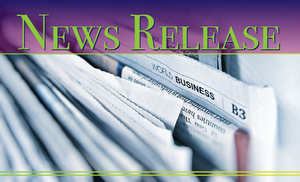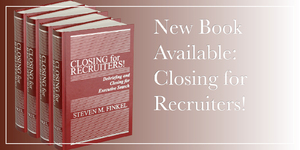Worker safety should always be top of mind for businesses, particularly when taken into consideration with the rising cost of Worker’s Compensation coverage, health care and in general, employee wellness.
The most recent Bureau of Labor Statistics (BLS) report (2015) for private sector injury and illnesses indicates that the average worker loses eight days from work, with there being 324k reported cases of sprains, strains or tears, 155k injuries to the lower back, and 238k cases of falls, slips, and trips. Worst of all, there were nearly five-thousand fatalities.
The BLS results are mixed. While we can somewhat celebrate that injury and illness rates declined from 3.2 cases per 100 in 2014 to 3.0 cases in 2015, the number of fatal injuries is the highest it’s been since 2008.
One fatality is too many. And there is still much work to be done to minimize workplace injury.
This is why workplace safety continues to be a priority of the American Staffing Association (ASA) and their partnership with the Occupational Safety and Health Administration (OSHA).
First started in 2014, ASA just renewed the alliance for five years with OSHA in order to continue to protect temporary employees from workplace hazards.
“It is part of our mission to make sure that at the end of every work shift, all temporary workers in the United States are able to go home safely to their families,” said Assistant Secretary of Labor for Occupational Safety and Health Dr. David Michaels. “Through our continued alliance with ASA, we will increase outreach to staffing agencies and host employers and provide information and education that is essential to protecting temporary workers.”
ASA has also partnered with the National Safety Council to establish the Safety Standard of Excellence Program. The program promotes industry-wide safety best practices.
So, in order to minimize workplace injury, here are a few suggestions and best practice ideas:
1 – Screen Your Candidates
It’s always a good idea to focus on strong candidate qualifications; ensure they have the necessary skill set as well as any necessary licensing and education. Always complete a thorough interview, background checks, and drug testing prior to their first day.
2 – Skills Testing
Testing is a critical component of the overall hiring process. It can help ensure basic proficiency of required skills and helps demonstrate the essential qualifications for any job opening.
3 – Onboarding and Orientation
Ensure your employee handbook is updated, particularly with your firm’s workplace safety and medical policy information. Also look to see if your programs, processes, and policies are updated. Be sure you give a thorough briefing to new employees on what to expect at their new job and ensure they are aware of (and/or provided) the personal protective equipment they need. Onboarding can be one of the most critical components regarding worker safety, this step must include information regarding all safety concerns.
4 – Continuing Training and Education
Keep your internal team trained on safety using appropriate communication tools (website, email, posters, regular safety meetings, etc.). Also, should an incident happen, be sure to conduct an investigation, learn lessons, and share these lessons with your organization.
5 – Conduct a Risk Assessment of Potential Clients
Just as clients are looking to see if you are providing good associates, you should be mindful of the your clients practices. In particular, search their safety history either through BLS or OSHA. Check their incident rate compared with others in the industry. Look at the potential hazards of the specific job and convey these to your employees.
6 – Conduct an On-Site Evaluation
Not only is it important to know about the potential client’s management and history, it’s important to know what the job site looks like where you will be sending your associates. Check the equipment they’ll be working on, the continuing training, their job descriptions, and the priority of safety and how it’s communicated.
7 – Partner with the Client
Safety is not an afterthought. In the client agreement, there should be established protocols not only to ensure orientation and training are part of the agreement but that all parties, working together, will understand their responsibilities and potential liabilities. Regular partnership and ongoing safety evaluation are critical to longstanding relations. Work as a team.
8 – Have a Written Safety Policy
The staffing industry has matured since it inception and a written safety policy is an absolute must in today business climate. No longer can we get away with a mix mash of safety plans. It is time to have a cohesive safety policy that our internal team, clients, and associates understand so that we are all working together to promote worker safety. A solid safety policy is also one that is continuously improving, review it regularly and be open to positive changes.
At the end of the day, safety is about accomplishing a mission and ensuring your most precious asset, your people, are valued and taken care of. Risks are inherent, but they need to be managed and taken seriously. Following general, well-accepted best practices, you’ll not only establish credibility with your associates and clients, but you’ll be demonstrating your leadership in the staffing and recruiting industry.





